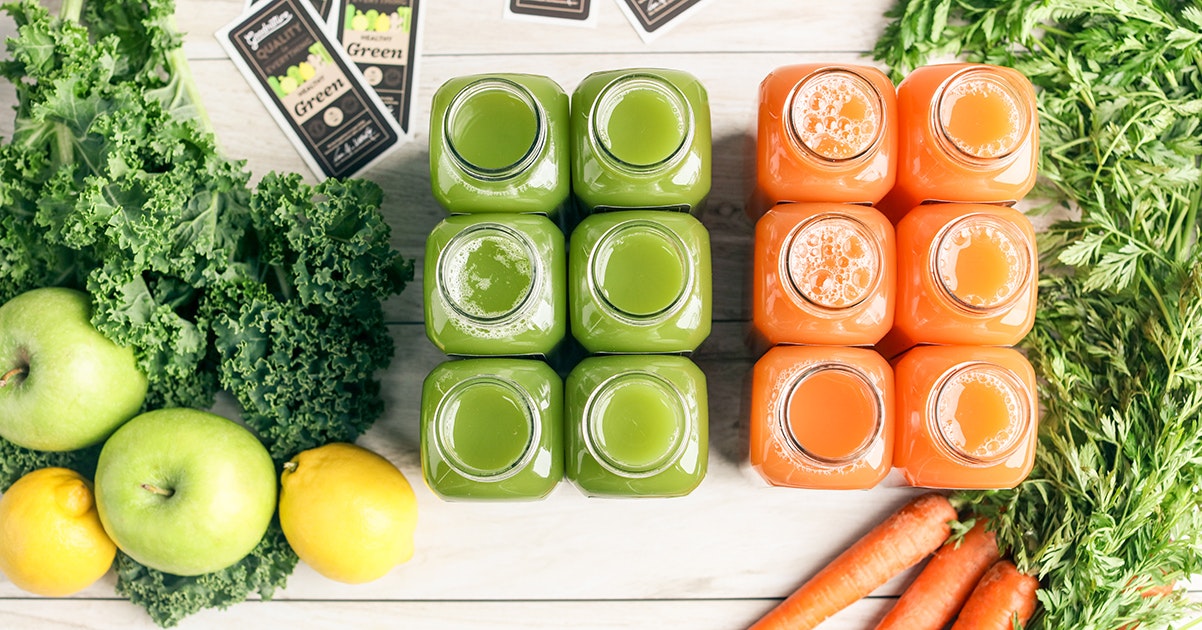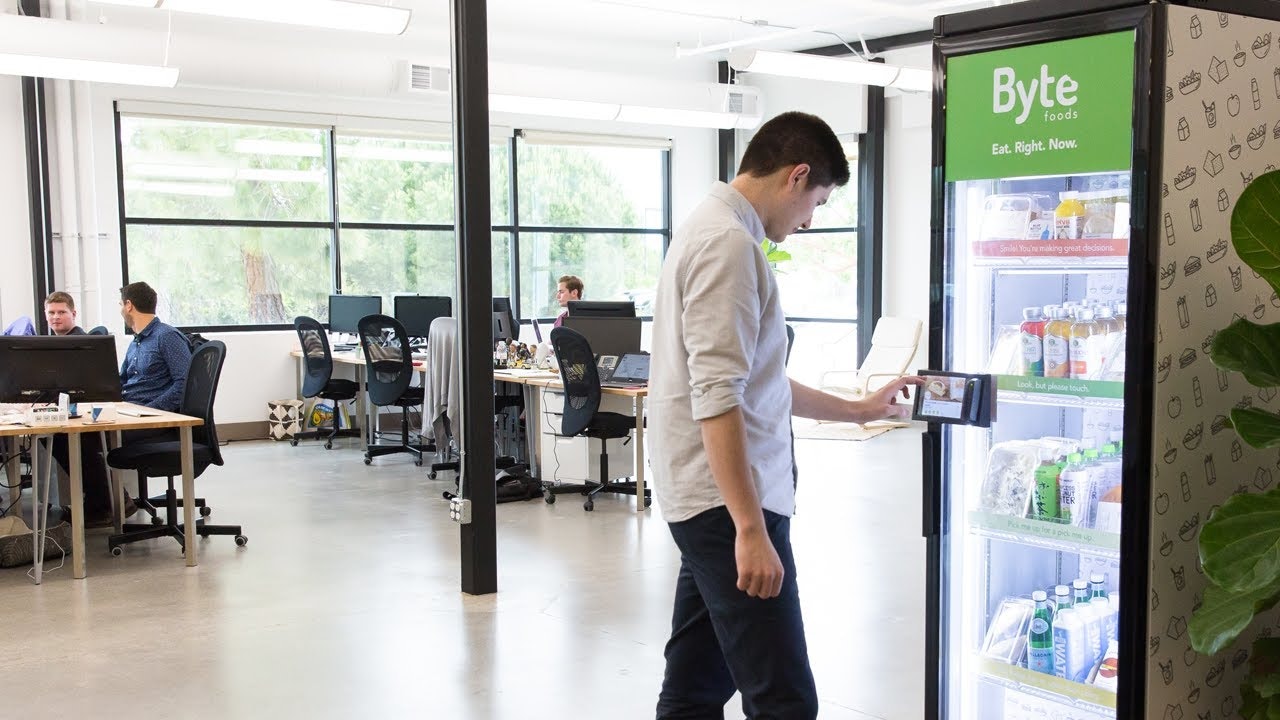
How to Sell Raw Juice Through Other Retailers
Raw Juice Laws and Regulations It's very important to understand that the US has official FDA guidelines regarding the distribution and sales of raw juice. By "raw" we specifically mean juice that hasn't been put through a process like HPP or heat pasteurization to extend the shelf life. Basically, under FDA guidelines, it's only approved to sell raw juice direct to the end customer. It's not ok to sell it to another retailer that will resell it. So we're not allowed to sell raw juice wholesale to grocery markets, cafes, gyms, or other businesses that will resell it. If you would like to read more in depth about the regulations, I recommend giving these articles a read: The Truth About HPP The Raw on Raw Juice Official FDA Guidance But what about raw juice I see for sale in grocery stores? If you see brands of "raw" juice for sale at grocery stores in the US, one of the following is true: It's made in-house at the grocery store, or It's not actually raw. Many HPP juice brands label the juice as raw. They are legally allowed to do this because there's no official definition (AKA standard of identity) for the term "raw" under the FDA. Even though it's legal, it's very misleading to customers who don't realize the juice was made over a month ago in many cases. In my opinion, they do this intentionally to confuse the customer. Read more about this in the link above to the HPP article. How to Sell Raw Juice Through Other Retailers What you're allowed to do is going to be based a lot on how your local health department interprets the FDA guidance. We recommend reaching out to your health department early and establishing communication so there are no surprises. Here are the various ways we've seen various health departments allow the distribution of raw juice: Some regions will actually allow reselling raw juice through retailers. Usually they will require that your business have a HACCP certified manager on staff, and also have an approved HACCP plan. Read more about HACCP plans below. Most regions will allow selling your juice at other retailers, as long as your business is collecting the money (see more below). Most regions will allow selling your juice in smart coolers that you place in other businesses (see more below). Some regions are very strict and will only allow selling the juice direct to customers at the place the juice is produced. It really just depends on their interpretation.

Implementing Made-to-Order Cold Pressed Juicing
With the release of the Goodnature Hummingbird, operations are now able to produce a truly high quality pressed juice right in front of the guest when ordered.

How to Start a Juice Bar
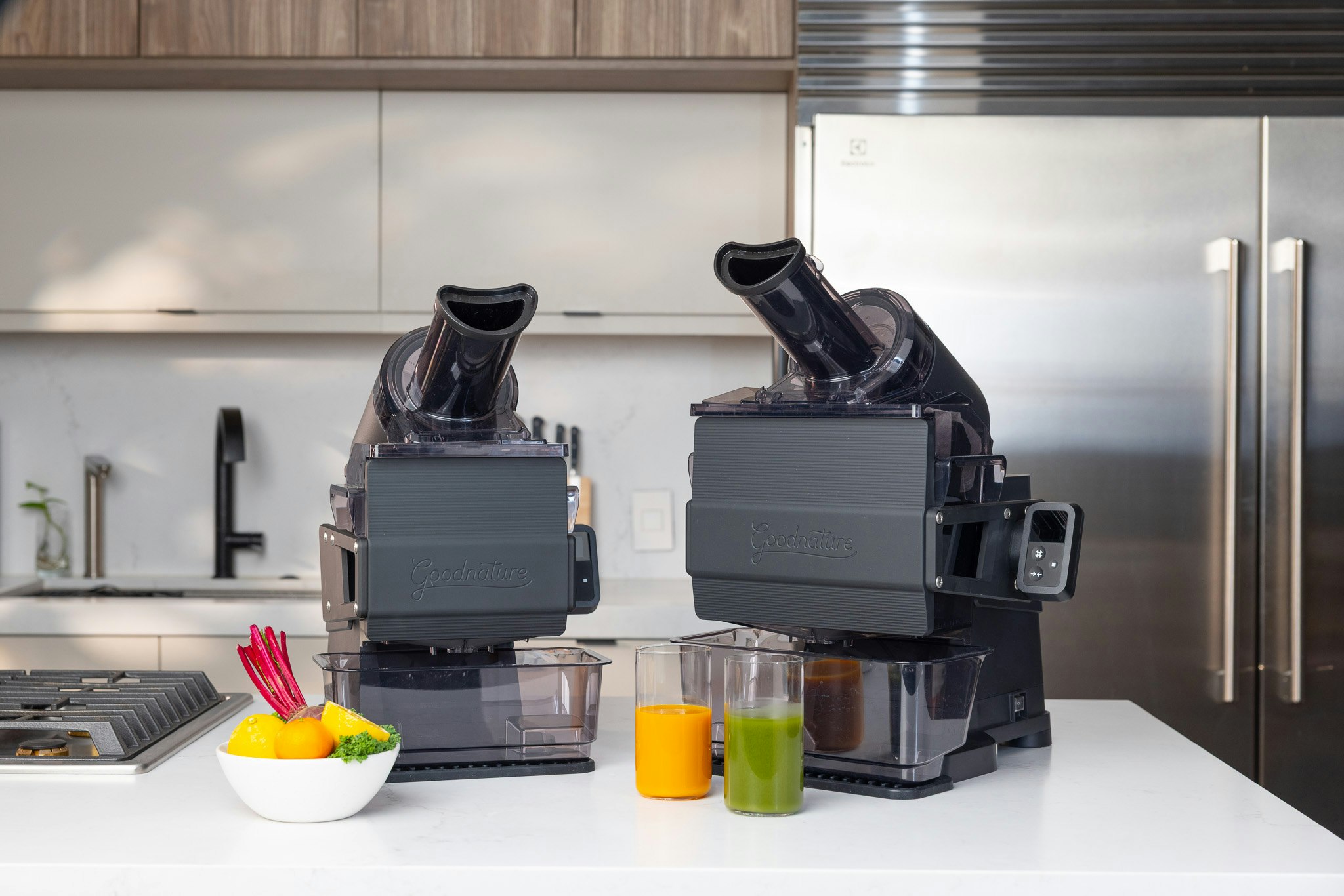
What is a Cold Press Juicer?
What is a cold press juicer and how does it compare to a regular juicer? Let's look at the differences between a cold press, masticating, and centrifugal juicer.
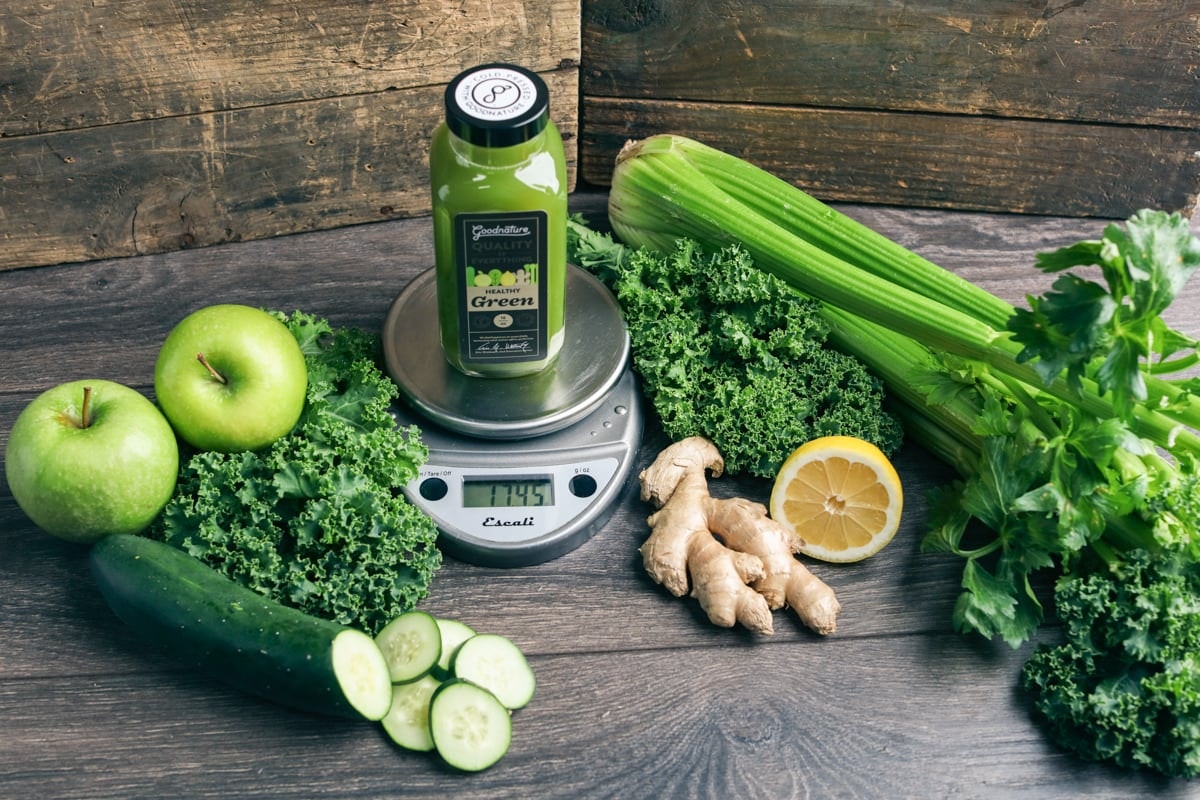
How to Start a Juice Business From Home
What do successful juice brands like Suja, Sol-ti, JRINK, and Naked all have in common? They all started in someone’s home kitchen! If you don’t feel ready to take the risk of spending hundreds of thousands of dollars and signing a commercial lease, starting a juice business from home is a great way to start and can get you to a point where you feel comfortable making the investment for a real store front or commercial kitchen. Here are the topics we will cover that will help answer your questions on how to start a juice business at home: Some advice from successful juice entrepreneurs Information on juice recipes for your new home juice business Calculating cost of goods for juice Juicing equipment for your home kitchen Selling juice online Scheduling juice production Juice bottles and packaging Things to consider when offering juice delivery Resources for home juice businesses Note: This Complete Home Juice Business Design & Equipment List is a must-get if you’re starting a new juice business. Plan the layout of your home kitchen to produce more than 100 bottles of cold-pressed juice and nut milk per day. Download it for free!
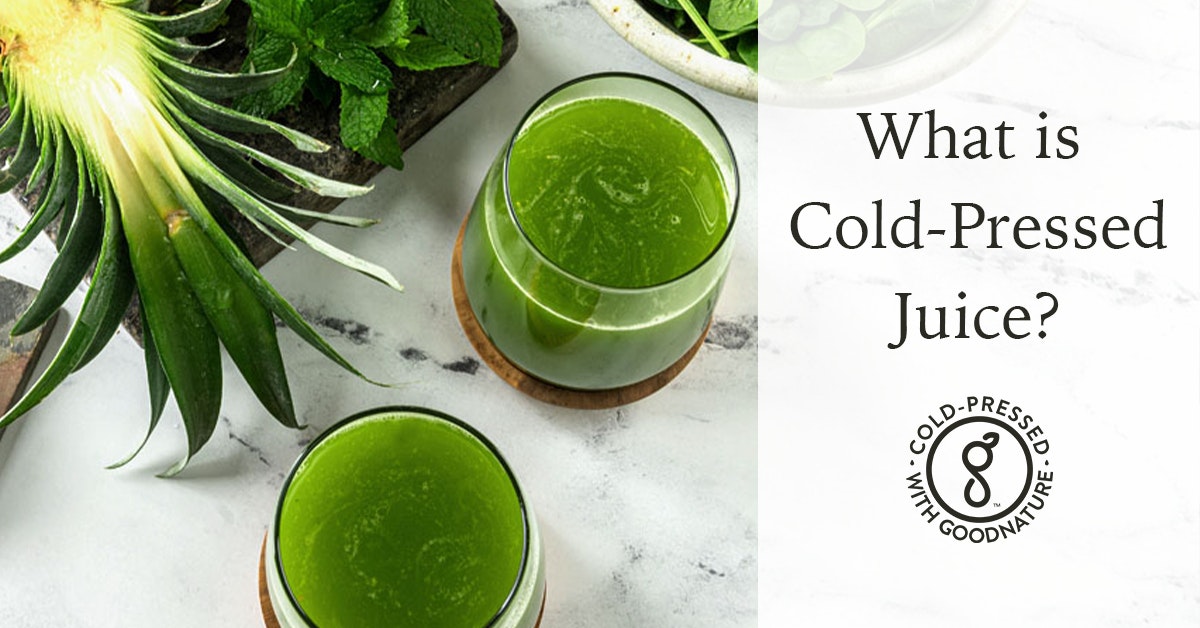
What is Cold-Pressed Juice & Is It Really Better?
What is cold-pressed juice? And why is it so much better than other types of juices? Cold-pressed juice is juice made with a press that exerts thousands of pounds of pressure, extracting the maximum yield from fruits and vegetables. Because of this simple and fascinating process, cold-pressed juice is more nutrient-dense, delicious, and healthier than juice made via other methods like "slow" or "masticating" juicers. Cold-pressed juice also stays fresh for a longer period of time, mostly due to how the juice is extracted. Pro tip: It's a common misconception that masticating juicers are "cold press juicers" since they are marketed that way. They are actually a single step process of forcing the produce through a metal screen using a slow turning screw. Although this method is better than fast spinning centrifugal juicers, only an actual juice press is truly "cold pressed", since it's the only style that actually contains a press. These attributes have led to an explosion in cold-pressed juice interest. In April of 2022, Fortune Business Insights stated that the cold-pressed juice market is projected to grow from $1.15 billion to nearly $2 billion by 2029. With the increase of cold-pressed juice, we think now is a great time to explain what it is and how it’s made. Here’s what we’ll cover in this article: Health Benefits of Cold-Pressed Juice The Cold-Pressed Method & Equipment Shelf Life High-Pressure Processing
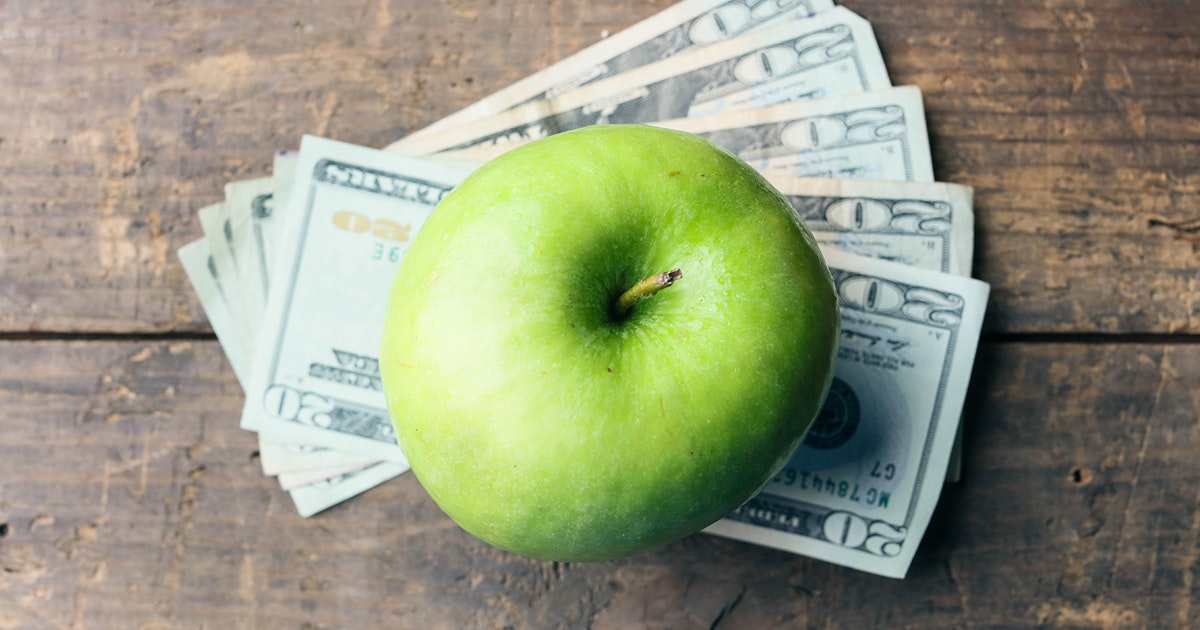
How to Choose the Best Juicer for Your Business
Most juice start-ups are faced with the decision of which juicer they should use to build their business. This is not an easy decision, and is obviously super important so I’ve come up with what I feel are the three most important factors to consider.
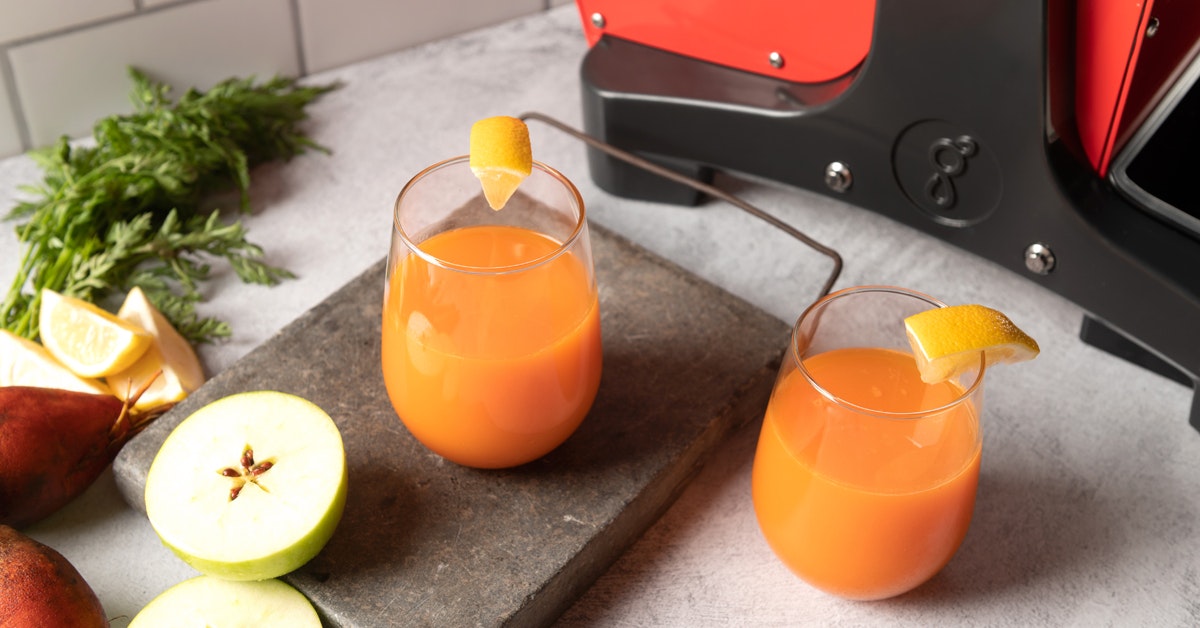
Gerson Therapy Juice Recipes
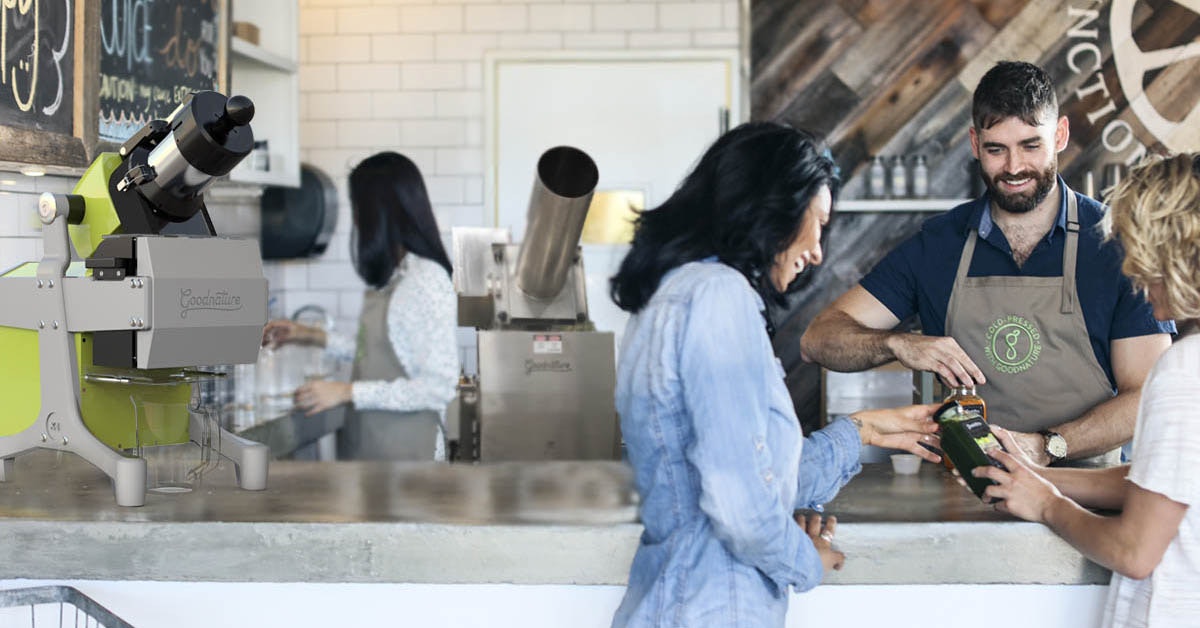
Best Commercial Cold Press Juicers in 2025
Looking for the best juicer to use? You’ve come to the right place! In this review, we will cover the best juicers for home and the best commercial juicers to use in your juice bar, including a comparison and where to buy them.

Goodnature Has Upgraded to Shopify
We're excited to announce that we have upgraded our eCommerce store to Shopify Plus, enabling easier purchasing and exciting new features to our online store. New Available Features: Faster, easier shopping and checkout. Live calculated shipping rates - small package shipments are now more than 50% cheaper than our previous flat rate. Flexible payment options including installment payments are available at checkout for qualified customers. Subscriptions - we now offer subscriptions for frequently ordered parts such as press bags and grinder blades. Improved account and order management for customers. International prices and payments - customers based outside of the US can now view prices and pay in their local currency, where available. Use the Shop app - you can now order our products and track your orders on the Shop app.
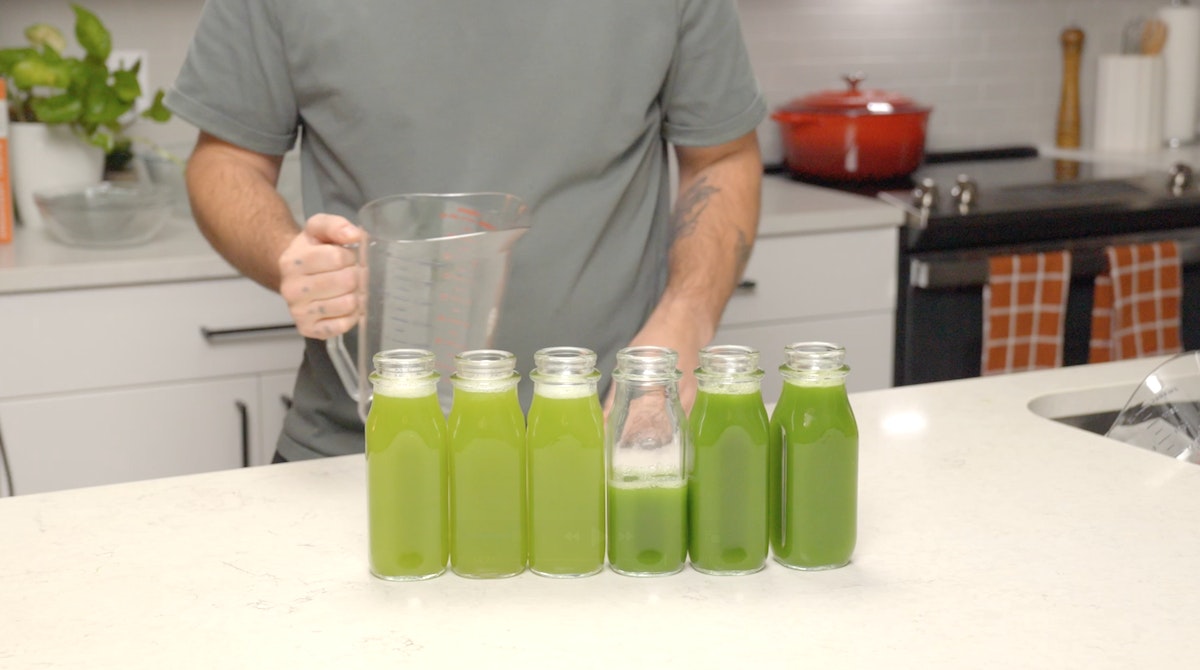
Transitioning from a Masticating Juicer to Goodnature Hummingbird
You're probably reading this because you've decided to upgrade from a masticating juicer like Nama or Kuvings brand to a genuine Goodnature juice press. First of all, congratulations! Whether you're juicing for a business or your own family at home, everyone is going to love higher quality juice. You've made a great decision! There are some important differences that come along with making the switch that you should be aware of, and plan for, to help ensure the transition goes smoothly. First, I will give an overview of the differences in juice quality then I will highlight the main things to be aware of for a successful transition. Juice Quality Differences Higher yield You will extract more juice with a Goodnature juicer than a masticating juicer on many common items like apples, celery, carrots, and more. That means not only will you save money on produce, but you will extract more nutrients per pound of produce, making the most of what nature has provided for us. Less separation and longer shelf life. The two-step process in a Goodnature juicer (grinding then pressing) introduces less oxidation than a masticating a juicer. The reason is that a masticating juicer extracts juice by grinding against a mesh screen, which introduces a lot of air into the juice. You can see it by the amount of foam that is produced, and the quick separation into multiple layers. Goodnature juice will have very little separation, and can last up to 7 days in a refrigerator without any extra additives or processing (like vacuum sealing). Naturally sweeter and smoother juice A masticating juicer can contain up to 30% solids in the juice, which leads to a grainy mouthfeel and more bitter taste, since the tiny bits of skin, seeds, and more affect the juice. Solids in Goodnature juice are less than 1% of the volume. This allows your body to absorb the nutrients more easily without breaking down insoluble fiber, and leads to clean , smooth juice that can last up to 7 days or more in a refrigerator (depending on the recipe and temperature). This change means your recipes will not taste exactly the same (see #4 below).

Commercial Juicing Essential Equipment and Tools (with Video)
Every juice bar needs some essential equipment and tools to supply the highest quality juice, smoothies, bowls, and more. Please take the time to watch the companion podcast below for a full description of why each product is so useful!
